Bringing the Outside In - Where Nature Meets Design
Director Daniela Hislop explains how The Design Concept is embracing biophilic design for library interiors
28 Jun 2024
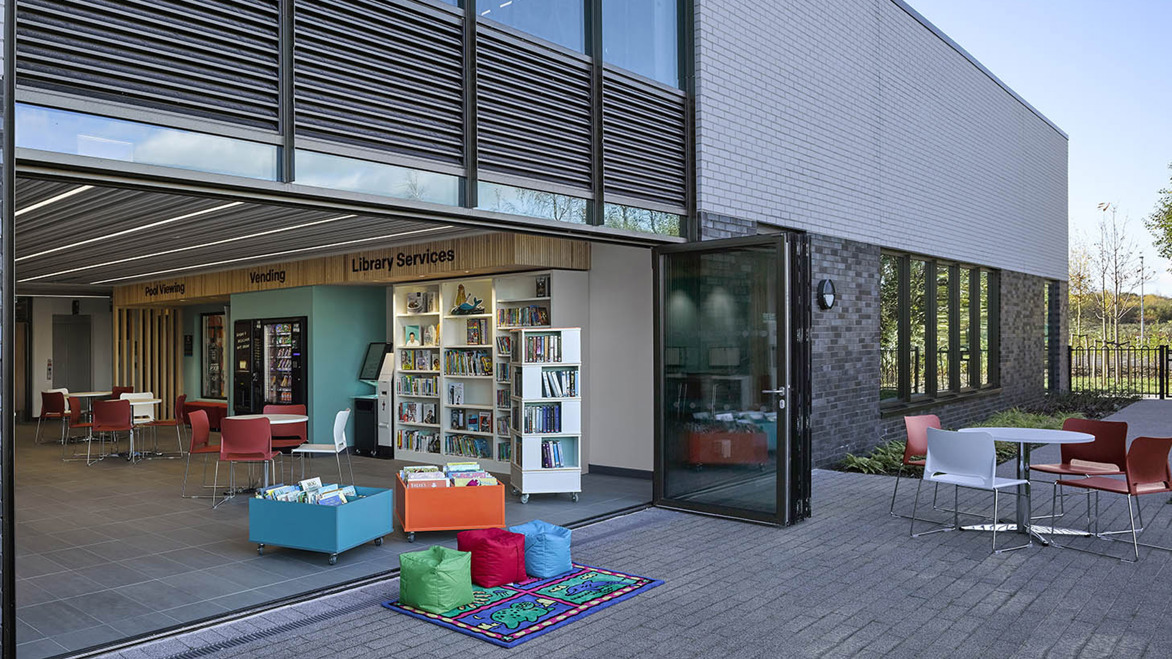
The concept of ‘bringing the outdoors in’ is much more than just a library interior design cliché. Also at play is ‘attention restoration theory’ which suggests exposure to nature relieves mental fatigue. Together, these theories have given rise to ‘biophilic design’, an approach to interiors that encourages incorporating natural elements.
Visiting libraries can feel like entering a magical and calming sphere that exists outside time and place. When we engage with libraries today, we often support surroundings based on natural outdoor environments that contribute to our health and wellbeing.
Benefits
Lockdown during the Covid19 pandemic pushed forward the biophilic interior design trend and we know that people are now keener than ever to ‘connect’ with nature. In our fast-paced lives, developing a restful and stimulating setting is pivotal. Bringing a touch of the natural environment into library spaces helps create a calm and amiable atmosphere.
There have been numerous studies that say spending time outside, especially in green spaces, improves health and happiness. Bringing nature into everyday life is important for wellness, reduces stress levels, improves mood, and enhances overall mental well-being. Exposure to natural environments increases physical activity, improves sleep quality, and reduces symptoms of anxiety and depression.
It’s really a bit of a no-brainer.
On average, people spend more than 90% of their time in built environments. By introducing biophilic design into libraries we can accommodate our innate need to affiliate with nature in the modern world.
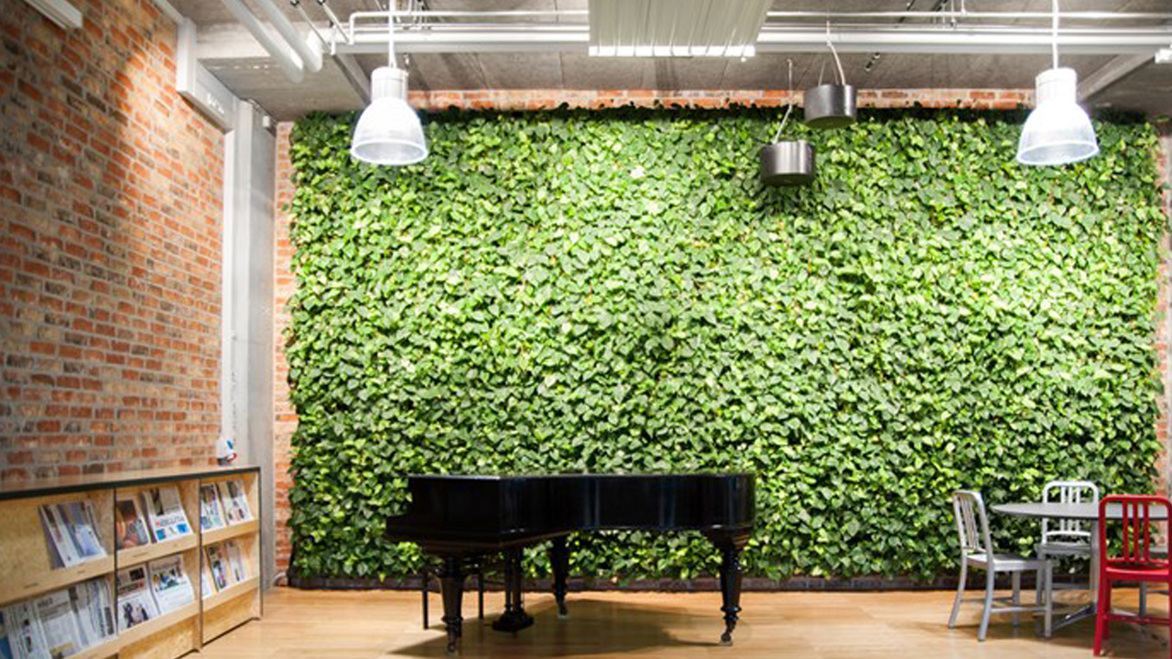
So we use natural colours and images - incorporating earth tones or colours from nature (especially greens and blues) can have a soothing effect. Humans respond positively to soft textures, like flannel or chenille, which is similar to most mosses. Research has found that touching wood has more calming effects on the brain and nervous system than other types of surfaces. Scents, natural light and sounds can all contribute to a sense of place and wellbeing.
Building a relationship with the outdoor world inside a library is powerful, and has a positive effect on staff and customers.
Sustainability
Our job is to transform libraries and the spaces we design continue, more and more, to evolve to care for planet and people. We are library people, so we focus not only on beautiful design but also on sustainability, functionality, flexibility, and spaces that support the health and wellbeing of staff and customers.
We design beautiful places for wellbeing - places where people feel comfortable, enabling ideas, creativity, innovation and a sense of place to flourish. We know greenery, warm wooden materials, nature-inspired fabrics, textures and patterns, and natural light are all key. We love to imagine your customers chilling in cool and tranquil library spaces - oases of calm in this busy world.
Our research and development team constantly explores innovations, trends, news and issues that can enable continuous improvement in our work and designs.
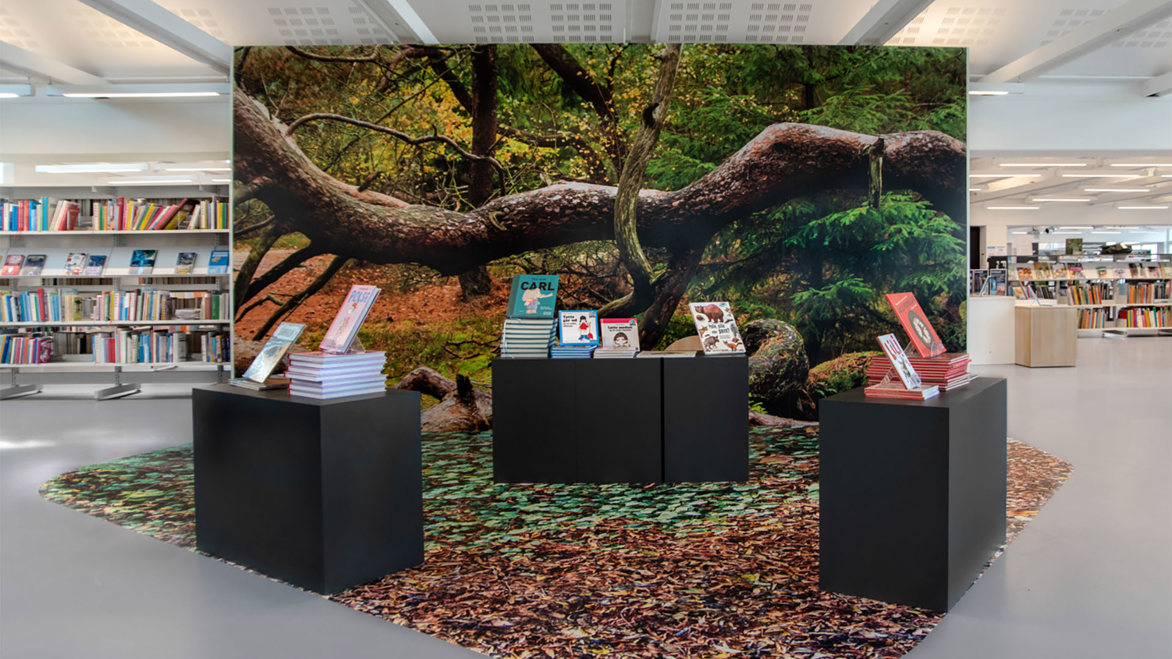
Neuroaesthetics
We also understand that mental health and wellbeing are key issues everywhere, so we design feel-good spaces that impact mood - with pops of colour, interesting textures and patterns. We know that great acoustics, fabulous wall art and local quotes make staff and customers feel good - and invested in the service.
We see the impact a new thedesignconcept library has on visitors when they see it. Working, learning, reading, or relaxing in one of our spaces can undoubtedly boost mood, creativity and wellbeing - and counteract stress.
To create the ultimate library experience we continually collaborate with libraries and partners to challenge ourselves to rethink library design. We create and build WITH our clients and their communities to ensure ownership.
The biophilic concept dates from thousands of years ago. In the 1980s the American biologist Edward O Wilson re-popularised the term when observing how urbanisation led to disconnection with the natural world. Today, biophilia is deeply rooted in the planning of cities, neighbourhoods and built environments like libraries.
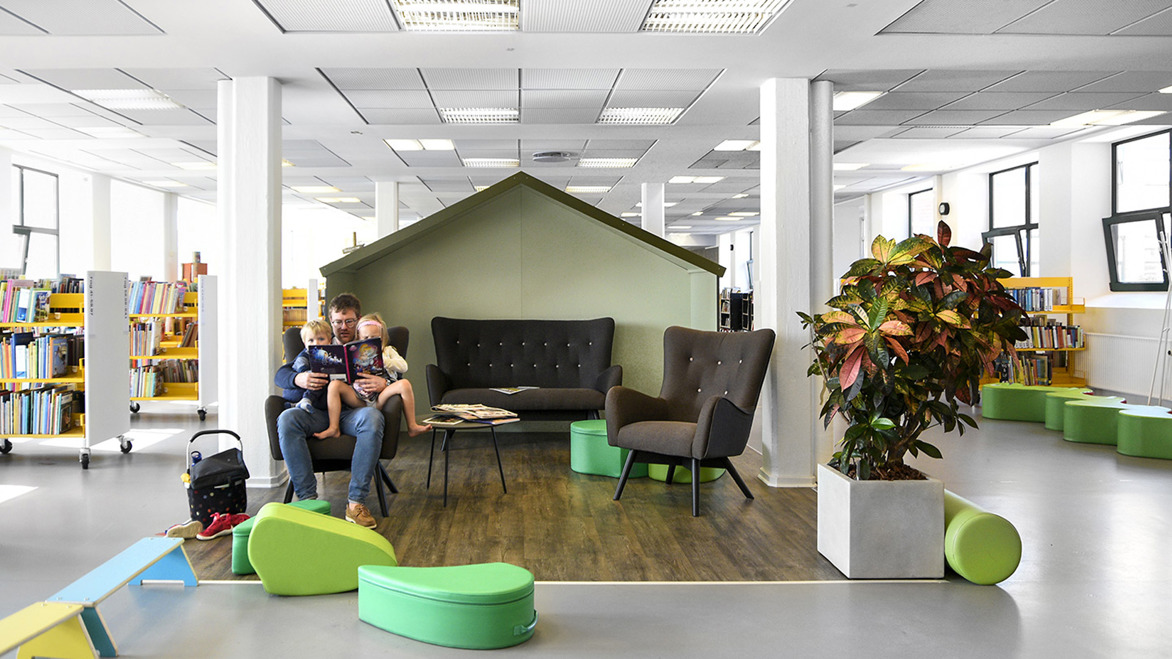
How we work with biophilic design
Sometimes biophilic design is the conscious dominant factor in our designs. In others it is a subconscious underlaying theme. As library design professionals we strive to understand the unique context and need of each project. By bringing nature into libraries, we aim to make our interior designs:
- evoke a sense of nature through materials, colours, textures, shapes and patterns
- embrace the effect of natural light in the interior design and furniture settings
- include furniture and accessories which support the biophilic thesis
- frame biophilic settings by using nature-themed graphics
- bring to life natural and magical worlds inspired by books
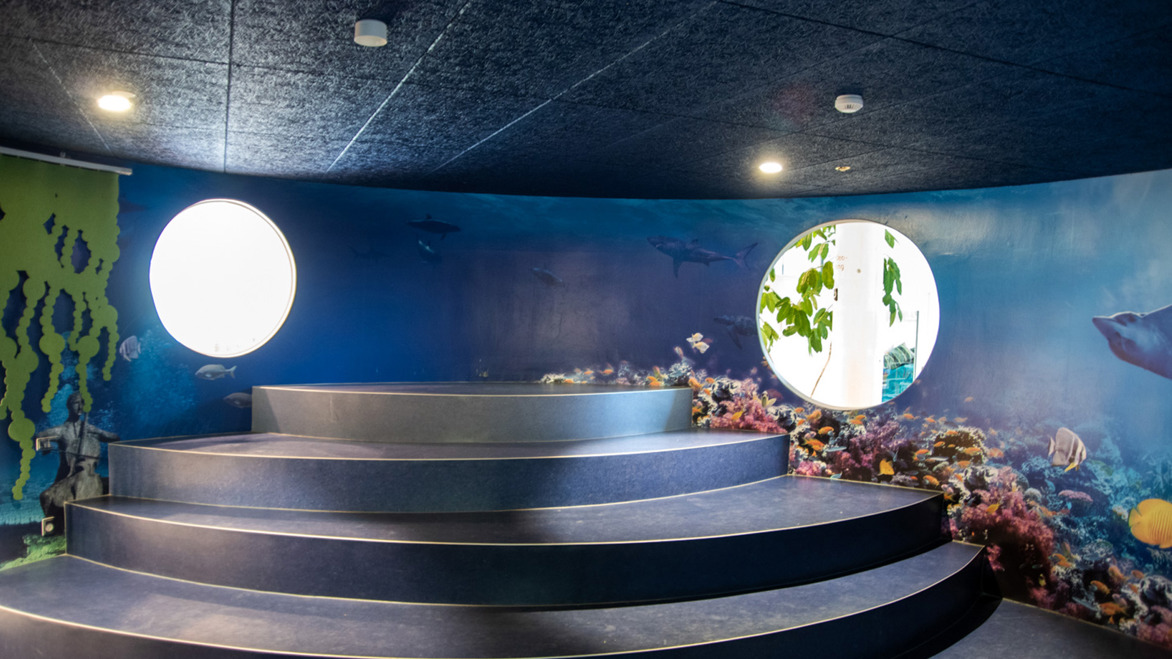
Examples
The projects highlighted here all seek to bring in nature in different, creative ways - to reduce the distance between nature and human:
https://thedesignconcept.co.uk/inspiration/biophilic-library-design/
https://thedesignconcept.co.uk/inspiration/biophilic-library-design-projects/
https://thedesignconcept.co.uk/inspiration/biophilic-library-design-products/
https://thedesignconcept.co.uk/inspiration/biophilic-library-design-materials-and-patterns/
https://thedesignconcept.co.uk/inspiration/biophilic-library-design-floor-and-wall-graphics/